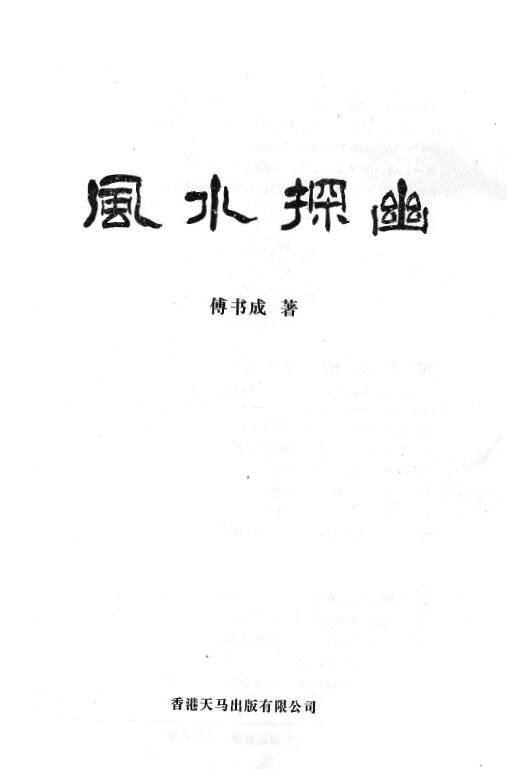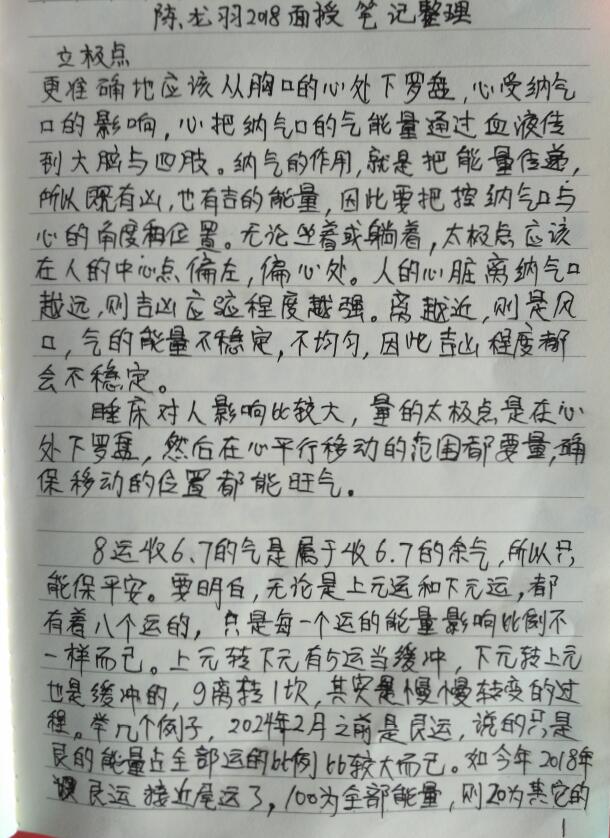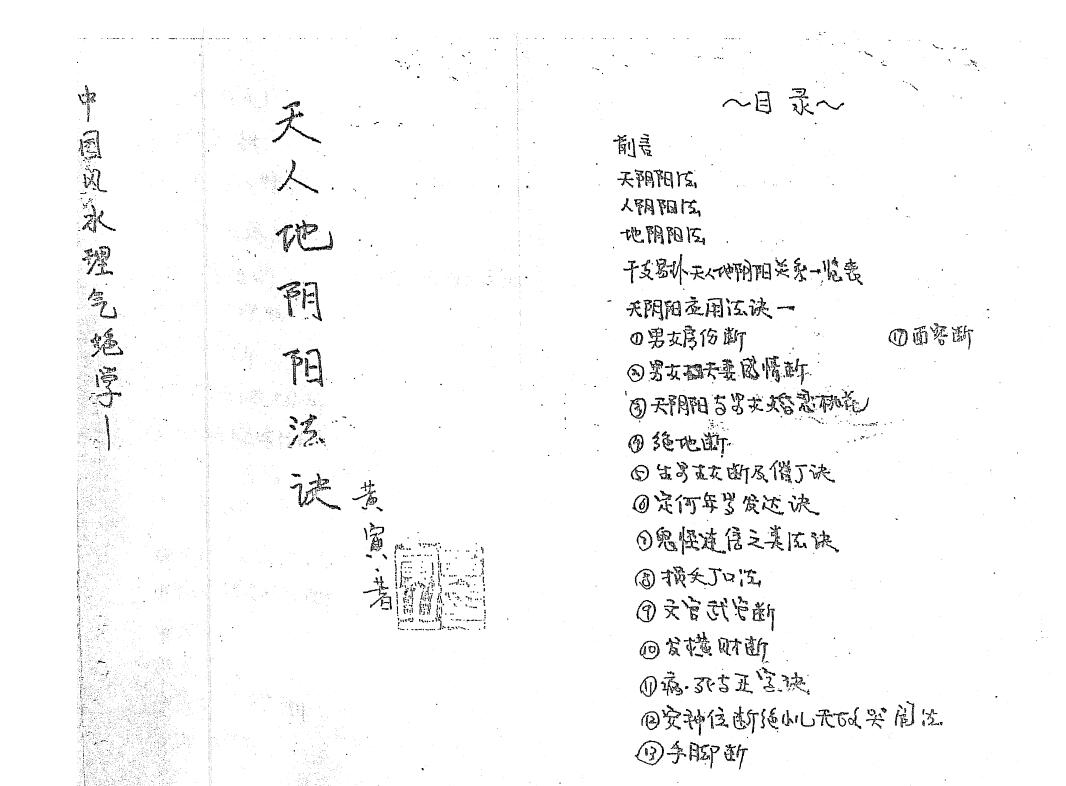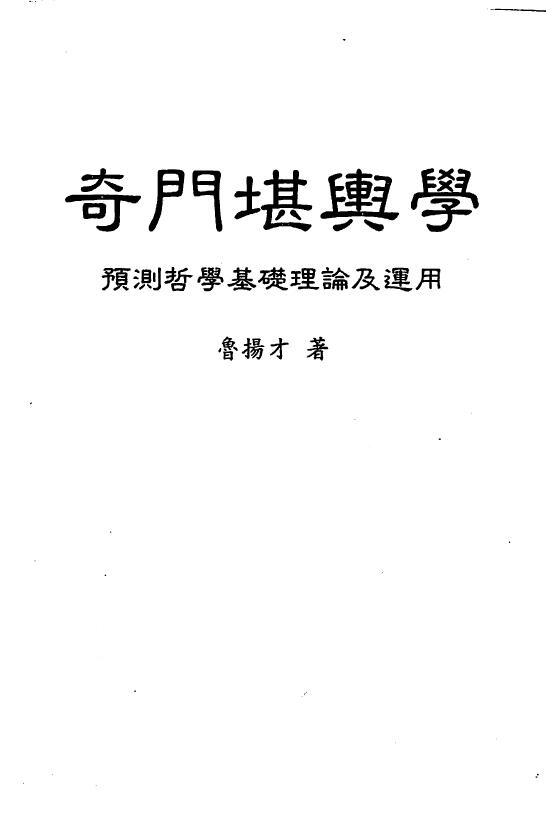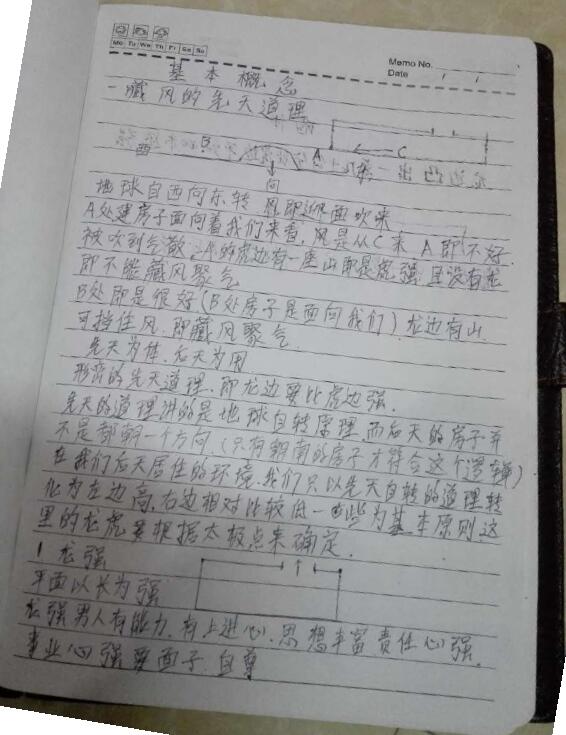Qu Wei’s “Feng Shui Treasure Mirror”
Qu Wei’s “Feng Shui Treasure Mirror” is a PDF download of the upper and lower volumes. Introduction This book is named “Fengshui Baojian”. If used after the title of a book, it is a collection of books that summarize something wonderful. Generally, it is to summarize certain things, eliminate the false and keep the true,
Qu Wei’s “Feng Shui Treasure Mirror” download the PDF version of the upper and lower volumes.
Introduction
The name of the book is “Feng Shui Baojian” and the meaning of the word Baojian is: the original meaning is a treasure mirror, such as “Fengyue Baojian” in the red building, it is written that its body is a treasure mirror. If used after the title of a book, it is a collection of books that summarize something wonderful. Generally, it is mostly the work of summarizing certain things, removing the false and keeping the true, filling in the gaps, rectifying the source, etc. Such as “Qingtong Baojian”, “Algorithm Baojian” and the like. The content of the author’s Fengshui book is just like this, so it is named “Fengshui Baojian”.
Before 2003, many Yixue enthusiasts eagerly hoped that the author could write a Fengshui book. They think the author’s four-pillar and six-yao scripts are easy to understand, and they think that the author’s book has clear layers, rigorous theory, and it is easier to learn when combining theory with practice. Unlike some easy-to-learn books, it is difficult to figure out whether the writers did not understand or did not want to understand.
In 2004, the author decided to write Fengshui books, but writing Fengshui books must be extra cautious! Because there is such a saying in Yi Xue circle: “Unknown horoscope harms one person, and unknown geography harms all families!” This shows that the influence of Feng Shui is not only a matter of one person, but also affects the rise and fall of a family or even a family. The city’s feng shui and the capital’s feng shui affect the luck of thousands of households and even a country. The influence of Fengshui is so great that I have to be cautious. Once the theory is wrong, it will lead to misleading students. Using this misleading theory to survey Fengshui site selection may cause immeasurable harm! This is the first, and second, the author’s Yi-learning books such as “Four-Pillar Details” and “Six-Yao Details” are well received by Yi-learning enthusiasts. If Feng Shui is not well written, the previous reputation will be greatly reduced. Maybe these books will be handed down to future generations in the future. The theoretical influence is not limited to today, and history will give everyone a fair evaluation. Therefore, feng shui books must be written carefully, and on the basis of inheriting the style of previous works, they must be improved to a higher level!
From 2004 to 2011, the author has been preparing for writing Fengshui books for 7 years. A lot of energy, material resources, and financial resources are used to conduct a nationwide geomantic investigation. It is mainly the Feng Shui of some cities, the former residences of celebrities, the Feng Shui of ancestral graves, the Feng Shui of large and medium-sized enterprises, and so on. During the inspection period, I received great support from the majority of Yiyou. Here I would like to express my deep gratitude. It is because of your full support that I have achieved today’s achievements. You also have a part in the research results of Chinese Fengshui!
The book “Fengshui Baojian” is divided into two parts, from the most basic theory to the advanced theory of Fengshui, which are discussed in detail. Those without a foundation can be fully understood, and those with a foundation can be studied in depth.
The book “Feng Shui Baojian” is full of pictures and texts. The pictures accompanying the text description include both the author’s real-time color photos and the author’s hand-painted drawings, so that readers can easily understand. This book summarizes the practical theories in ancient and modern Fengshui classics, so that readers can go deep and quickly grasp the key points of Fengshui, and let everyone have a clear understanding of Fengshui. Both ancient sages and modern people have exquisite discussions on Fengshui Induction, and the author’s perception in practice.
This book is a combination of Feng Shui and sociology, natural science and human affairs. In fact, Chinese Feng Shui is also a living Chinese sociology and human relationship sophistication. This day, the way of heaven, the way of authenticity, and the way of humanity are combined into one, and they can be integrated into one theory!
Feng Shui is no longer a rigid Feng Shui theory, but a living social principle. You can use social common sense to push the principles of feng shui, and the principles are interlinked! This is one of the biggest features of the author’s feng shui book.
In addition, the author puts forward the “Realistic Fengshui Theory” for the first time in this book, which is a theoretical system of Fengshui that is suitable for contemporary Fengshui operations based on respecting the classics and combining with the reality of today’s society. To develop, we must keep pace with the times, and we cannot stick to the past, and we cannot rigidly copy the original classical theories. Because Feng Shui serves people and society, people’s thoughts, social development, and policies of the times are different in different ages and periods, so Feng Shui theory must also meet the needs of social development.
For example, in rural areas, mountains and forests are closed everywhere, and burials can only be limited to hilltops and fields, and burials are not allowed in other places. Did you choose a place for it? It is obviously unrealistic. In addition, in the vast rural areas, you can only choose the best one among the few plots of your own land, and you don’t have to find the real dragon’s cave. Many people don’t ask us Fengshui masters to choose a real dragon’s cave. Most of them hope that they can be buried in a safe place and that the future generations will have a better family. It doesn’t have to be rich.
There is also the choice of city building, storefront, and company address. We can’t choose whatever we want. We can only choose within a limited range of options, and this limited range is not necessarily good. In the land of Fengshui, can’t you find an ideal place and stop doing business?
The above are the main issues to be solved in realistic Feng Shui. The theoretical basis of realistic feng shui is also a flexible application combined with reality on the basis of ideal feng shui principles! Rather than abandoning the principles of ideal feng shui.
This book also discusses the layout and site selection of Fengshui in cities and towns, which is not available in many Fengshui books.
In short, this book is a rare feng shui reference book, which includes not only a detailed analysis of the basic knowledge of feng shui, but also a summary of in-depth feng shui theories. Key issues such as Feng Shui’s seasons, fleeting years, who is beneficial to Feng Shui, etc., as well as some secrets that were rarely mentioned in previous Feng Shui books are disclosed without reservation.
Directory Fengshui Baojian (Volume 1)
Preface
Chapter 1 Theory of Yin-Yang, Five Elements and Bagua
Section 1 Theory of Yin-Yang
Second Section Five Elements Theory
Section Three Heavenly Stems and Earthly Branches Knowledge
Section Four Bagua Basic Knowledge
Chapter Two Feng Shui Basic Theory
Part Two Section 1 Feng Shui School
Second Section Analysis of Important Feng Shui Terms
Section 3 Feng Shui Secrets of Mountain-shaped Stars
Chapter 3 Searching for Dragons and Caves
The first section of the method of searching for dragons in the mountains
The second section of the theory of human relations in the landscape society
The third section of the dragon law
The fourth section The method of inspecting sand
Section 5 The method of finding water
Section 6 The method of finding acupoints
Chapter 4 The method of judging the good and bad aspects of Fengshui
p>
Chapter Five Finding Acupoints in the Pacific Ocean
Chapter Six on Fengshui Pattern
Chapter Seven Fengshui Filling and Cutting Method
Chapter Eight Reality Feng Shui Theory
Section 1 Proposal and Understanding of Realistic Fengshui Theory
Second Section Realistic Fengshui Selection and Avoidance
Section 3 Principles of Realistic Fengshui Acupuncture
The fourth section Fengshui selection of the cemetery
Chapter 9 Burying the tomb
The use of the first section of the compass
The second section Principles of methods
Section III Fengshui twenty-four mountain burial methods
Section Four Tomb Relocation and Burial
Chapter 10 Choice of Fengshui Reality Yangzhai
Section 1 Differences in Fengshui of Yin and Yang Houses
Section 2 Recognition and Resolution of Evil Qi
Section 3 Modern Architecture and Fengshui
Chapter 4 Fengshui of Home Selection
Fengshui Treasures (Volume 2)
Chapter 11 Fengshui Layout of Yangzhai
Section 1 Home Fengshui Layout
Part Section 2 Office Fengshui Layout
Section 3 Fengshui Decoration and Layout of Hotels
Section 4 Fengshui Site Selection and Layout of Stores
Section 5 Fengshui for the Prosperity of the Company’s Factories and Mine Layout
Section 6 Workplace and Fengshui Layout
Section 7 Placement and Precautions for Gods
Section 8 Introduction to Various Fengshui Layout Supplies
Chapter 12 How to judge the good and bad of Fengshui
The first section is the good and bad judgment principle of Fengshui
The second section is the good and bad judgment method of ancient books
The third section is straight into the grave from the yin house
The fourth section is the scriptures of heavenly secrets and ghosts-geography looks at the grave
The fifth section is the golden lock and jade closing words
Chapter Thirteen How to Judge Fengshui Period
The first section is the application of the three elements and nine movements in Fengshui
The second section is the judgment of Fengshui’s fleeting year and lunar month
Section 3 The distance should be broken
Section 4 Judging who is prosperous in a certain grave or house
Chapter 14 Chinese Fengshui pattern
Part 2 Section 1 Analysis of the general trend of Chinese dragon veins
Section 2 Geographic Fengshui pattern in China
Section 3 Differences between China’s geography and the north and south
Section 4 Urban planning and Fengshui Learn
Section 5 Urban Planning and Fengshui Analysis
Section 6 Fengshui Site Selection and Layout Key Points
Chapter 15 Fengshui Site Selection and Adjustment Cases
Some screenshots
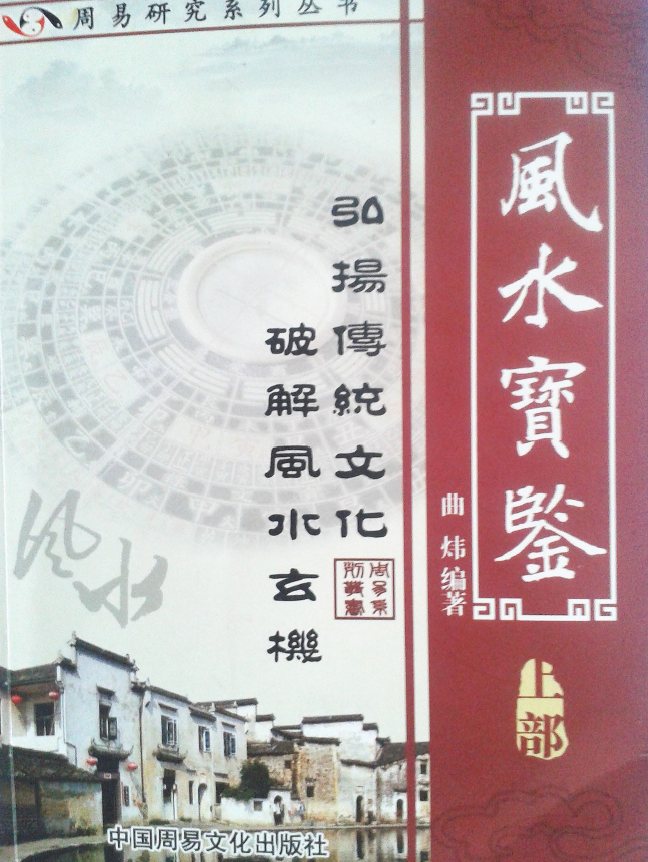

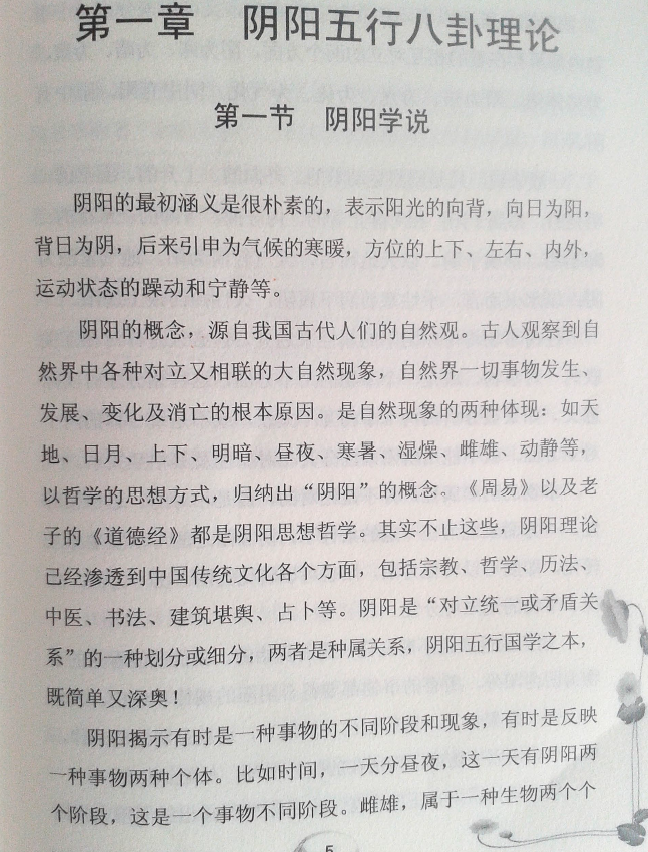
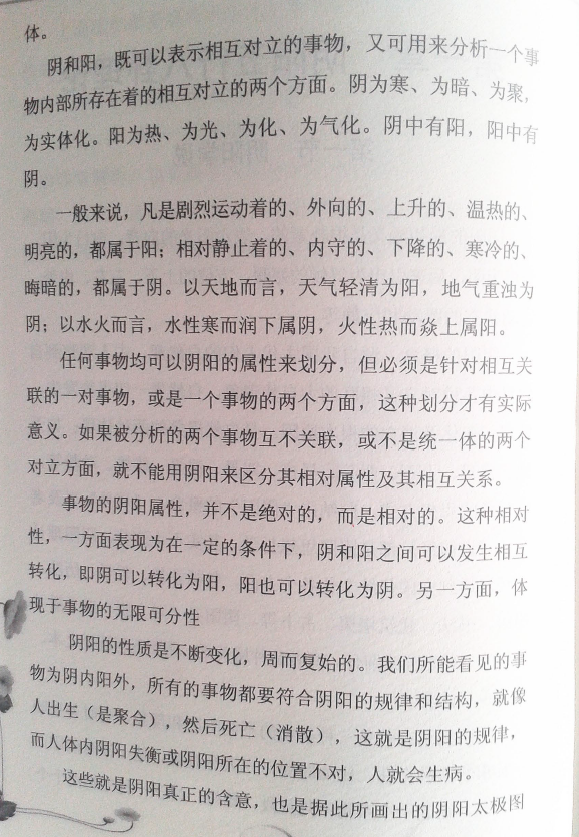
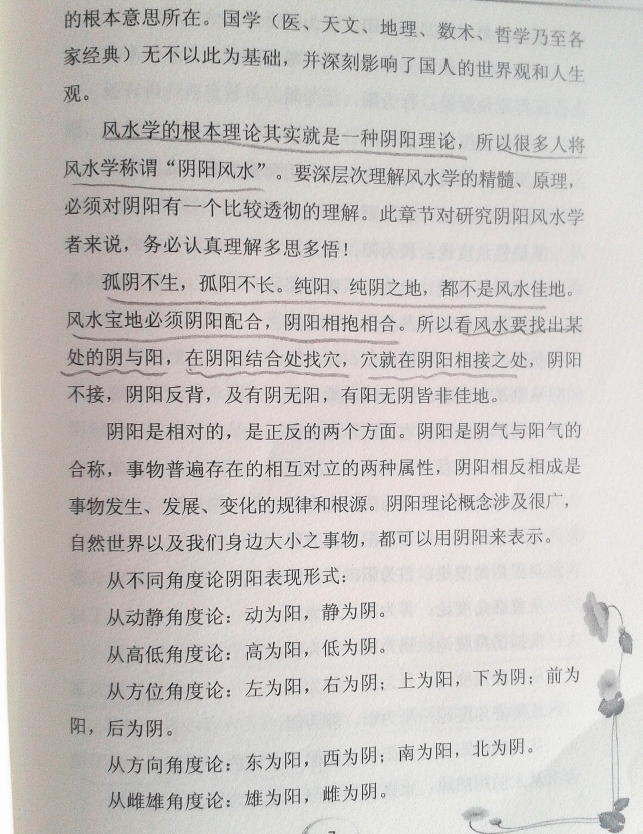
BOOK INFO:
- Publication Date: 未知
- Language: 中文
- Identifier: 内部视频
- Total Pages: 1
- File Type: PDF
Download Link:
Payment Method:
1、Open Tittle
2、Click to Pay New
3、Click on the material you want to buy
4、Click on "Payment Methods"
5、Click on the material you want to buy
6、Choose from one of your existing payment methods or add a new one
7、Complete purchase
NOTE: If you add a payment method when making a purchase, it will be saved in your account.
